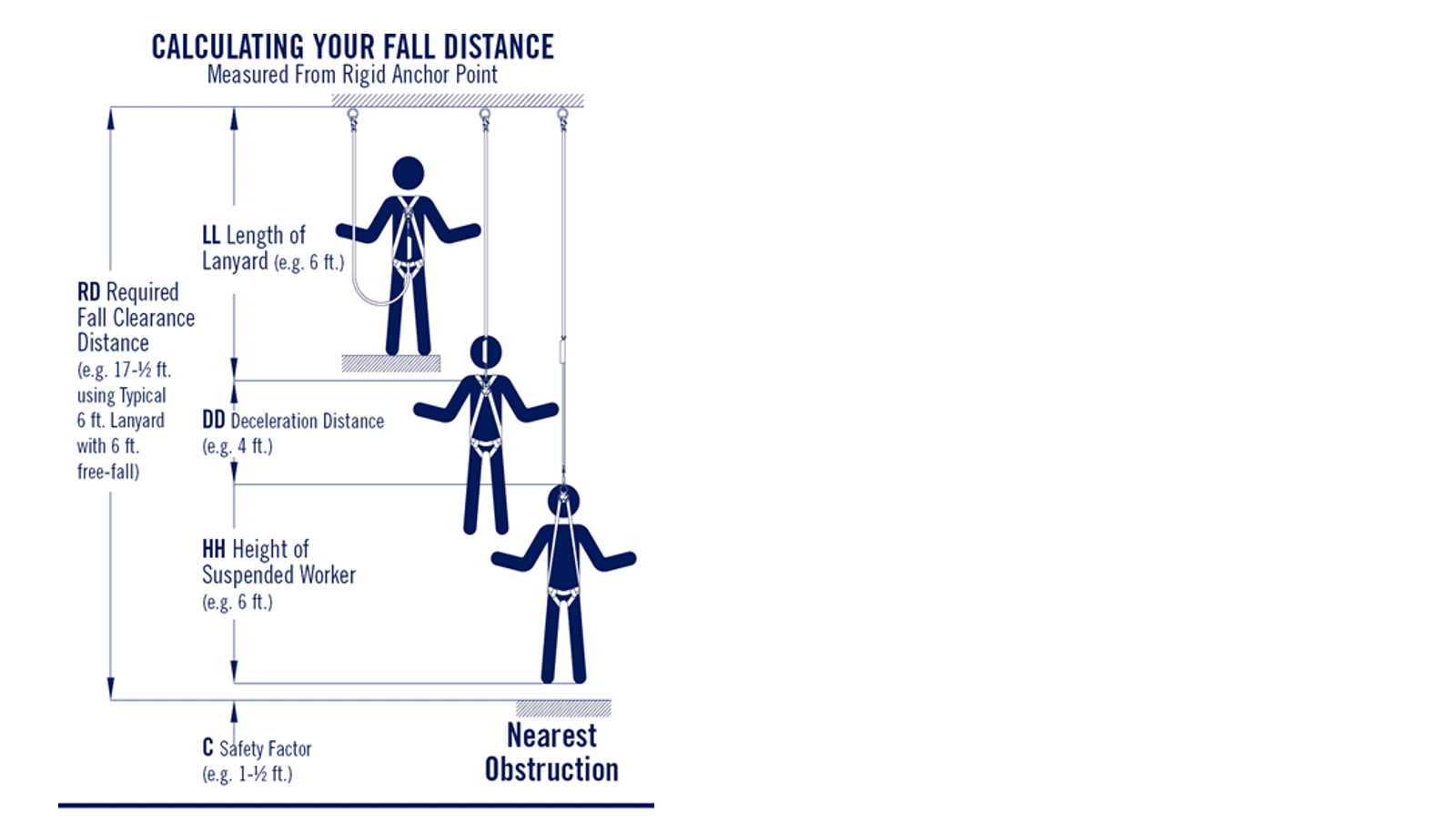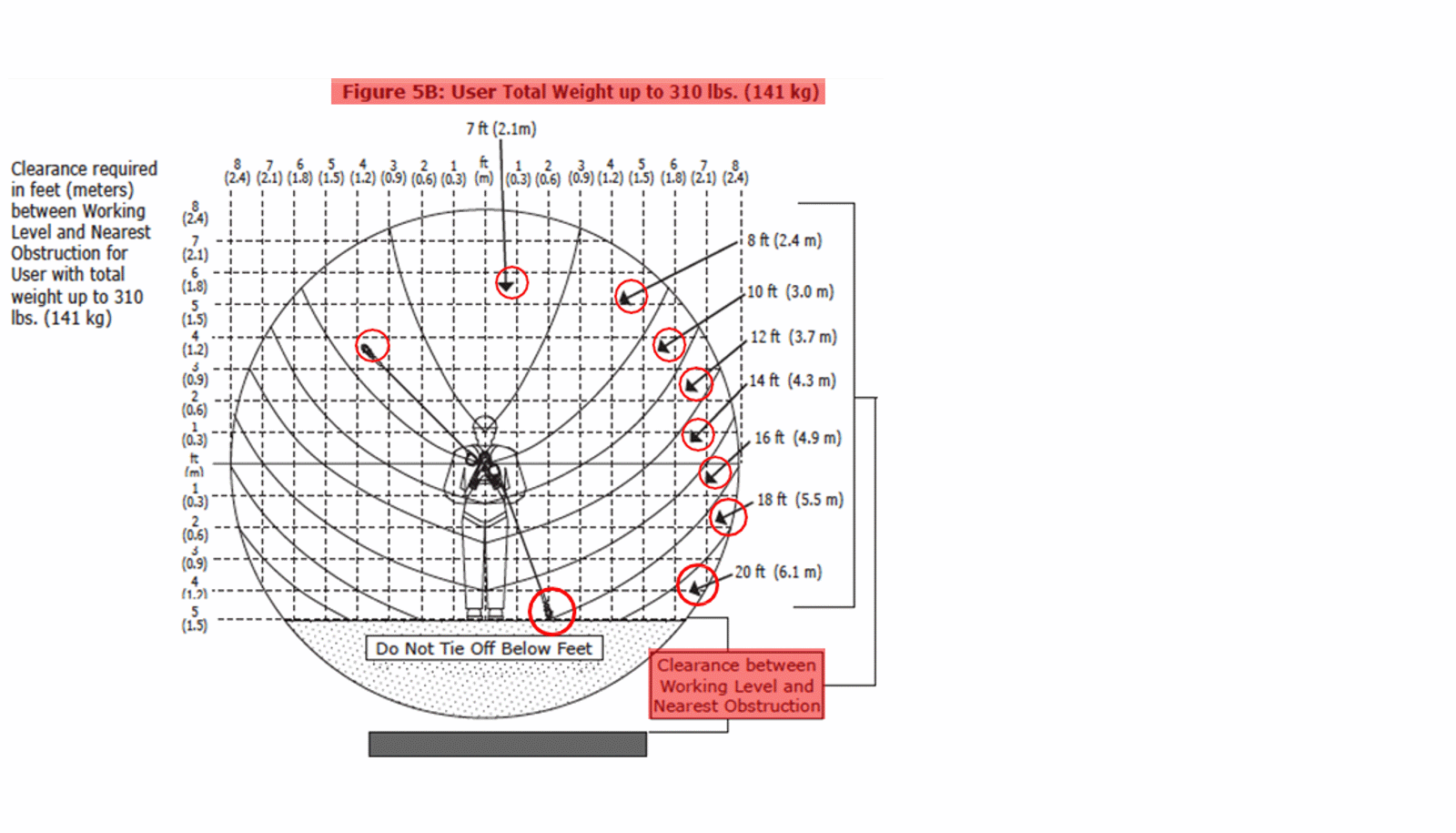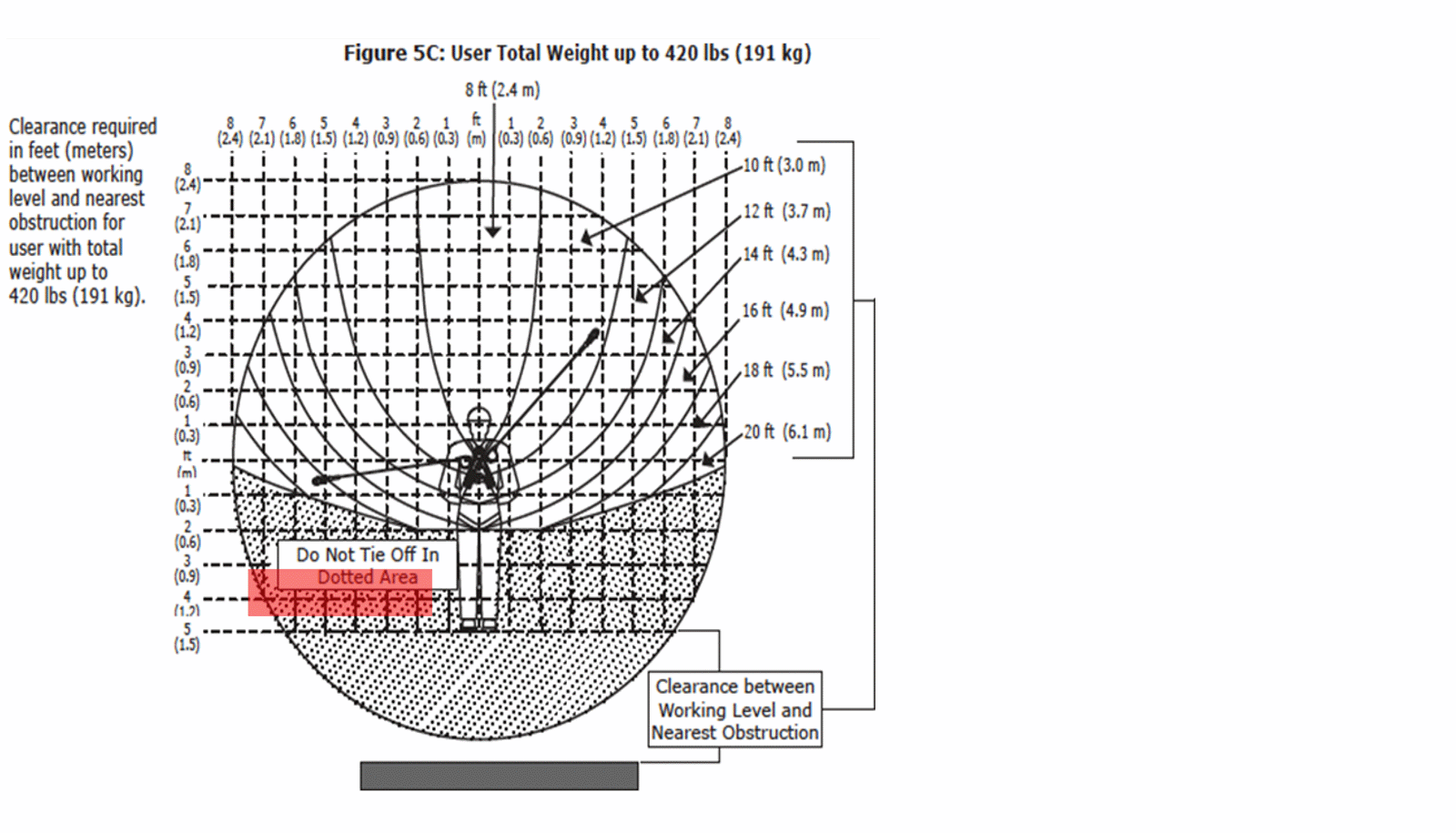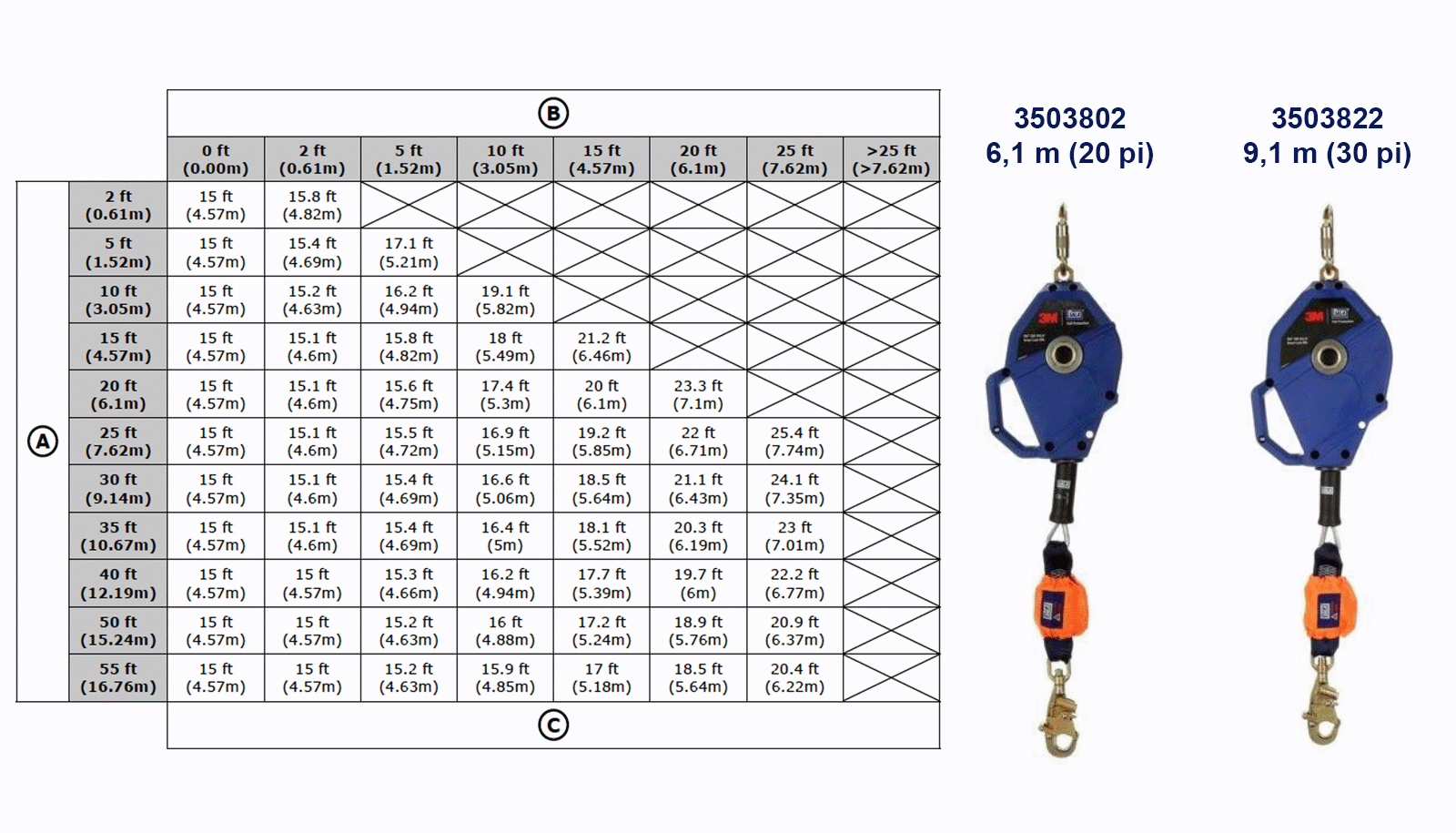If you didn't have the chance to join us for our webinar on leading edges with 3M, we've put together a quick recap of the important concepts covered during the webinar.
What is a leading edge?
A leading edge or sharp edge is the edge of a structure on which a lifeline would rub in the event of a fall. The edge is therefore very thin and sharp.
Since a leading edge is sharp, a self-retracting lifeline must be used to resist the cuts and pressure of an unprotected edge. To learn more about this topic, read the following article: What is a leading edge, and what protective equipment should you use?
Update to the CSA Standard
The latest update to the CSA standard has made some changes regarding protection when working with unprotected edges. Here are the main changes:
There are 4 new classes:
- Self Retracting Lifeline: SRL Class
- Self retracting lifeline for unprotected edges: SRL-LE Class
- Self retracting lifeline for rescue: SRL-R Class
- Self retracting lifeline for unprotected edges and rescue: SRL-R-LE Class
Workers can count on a new certification program. An inspection is done by a competent worker and a re-qualification is done by an authorized service center.
- The competent worker determines the inspection period and the required revalidation program.
For an anchorage lower than the height of the back D-ring of the full-body harness to occur, there must necessarily be a leading edge. This involves
- Significant change in work practices and re-evaluation of the use of the self-retracting lifeline in many applications, particularly about elevating work platforms and scaffolding (need to move to self-retracting unprotected edge lifelines)
How do I know if the product meets the Z259.2.2 standard?
First, it is important to know that all models of unprotected edge self-retracting lifelines that comply with CSA standards are:
- Tested on a sharp edge to obtain their certification
- Typically made of metal or concrete
- Maintain forces below 8 kN (1,800 lbs)
- Meet CSA toe level anchorage criteria
- Meets CSA criteria for anchoring at the offset foot
Secondly, a pictogram can be located on the product housing to confirm compliance with the CSA standard. All DBI-SALA® and Protecta® 3M® self-retracting lifelines for unprotected edges or sharp edges will be designated with the orange triangle symbol/ orange housing or shock absorber.
Fall Clearance Calculation
To understand the calculation of fall clearance, it is important to remember that the fall clearance of a lanyard and the fall clearance of a self-retracting lifeline are different. In fact, the fall clearance for a lanyard is calculated from the anchor point, often above the worker's head. The following image illustrates how the fall clearance distance is calculated when using a lanyard.

The clearance calculation for a self-retracting lifeline is calculated from the working level based on the location of the anchor point circled below.


As the last two images show, workers weighing 310-420 pounds (141 kg-191 kg) cannot strap in at foot level or in the dotted area shown in the diagram. They can, however, strap in while seated at the working level.
To help you calculate the fall clearance, consider the setback distance, the distance to the perpendicular surface and the required clearance. Here’s an illustration to clarify the latter.

To help you understand the fall clearance calculation, here is a chart to help you calculate the required clearance based on the length of the DBI- SALA® 3M® self retracting leading edge locking lifeline.
It is important to understand that this is not a general fall clearance chart and that it applies only to the 2 models shown below. You must always consult the specific clearance chart for the model you are using.

*Important
The housing of the leading edge self-retracting lifeline must never extend beyond the edge. The minimum clearance required between the unprotected edge and the nearest obstruction* is 4.6 m (15 ft). Additional clearance is required for swinging fall situations.
Q&A
Q. What characteristics distinguish sharp leading edges from conventional fall protection applications?
A. I can now tie-off to anchor points below shoulder height using certain designated equipment. However, I am creating greater kinetic energy and fall clearance distances are greater.
Q. Canadian regulations are often very similar to our American counterparts. Are the CSA and ANSI regulations aligned for these applications?
A. No, there are some distinguishing features.
Q. Under our CSA standards, what other products have specific leading and cutting edge specifications?
R. Only certain retractable devices (SDRs) have these specifications.
Disclaimer!
All statements, technical information and recommendations contained herein are based on data we believe to be reliable, but the accuracy or completeness thereof is not guaranteed. There is no representation, warranty, guarantee or other obligation of 3M or its employees arising out of this presentation.
3M owns all rights in this presentation, and any other reproduction is strictly prohibited without permission.

![[Webinar Recap] Work on the Edge Confidently with 3M](https://drh6hn78z759f.cloudfront.net/userfiles/blog/2022/04/leading-edge.jpg)
